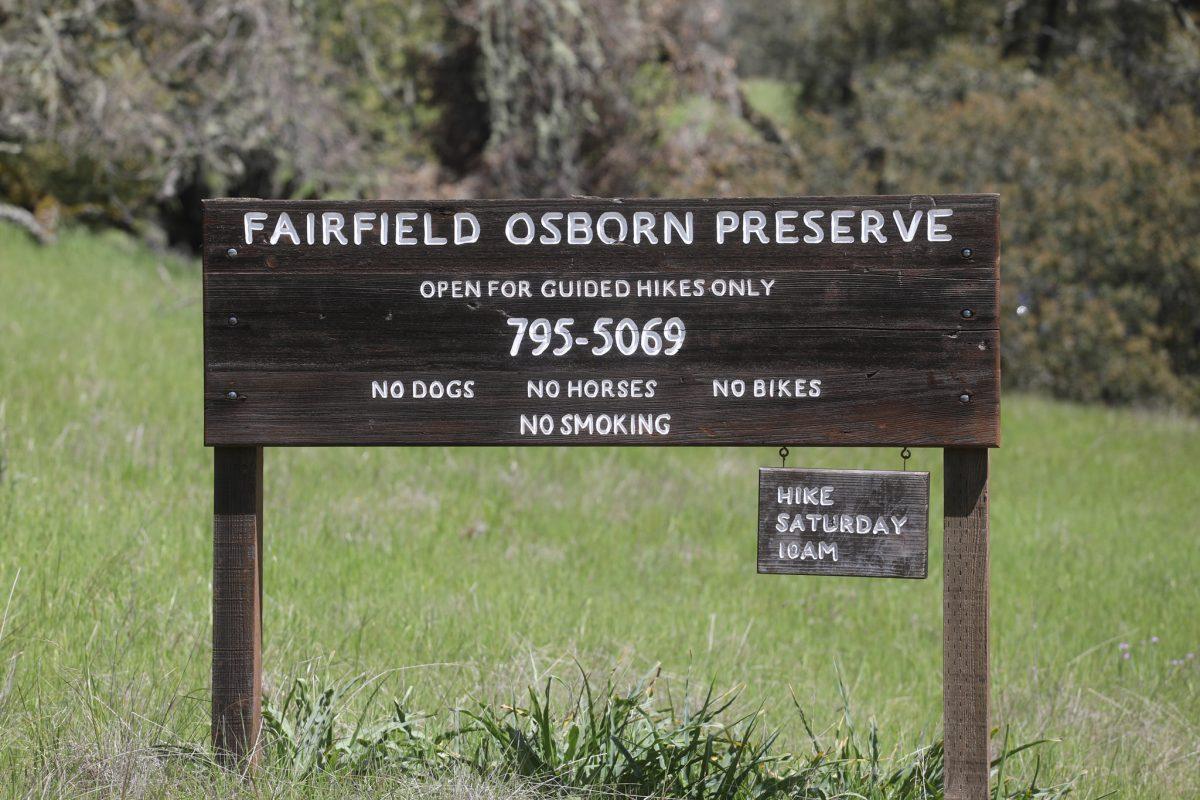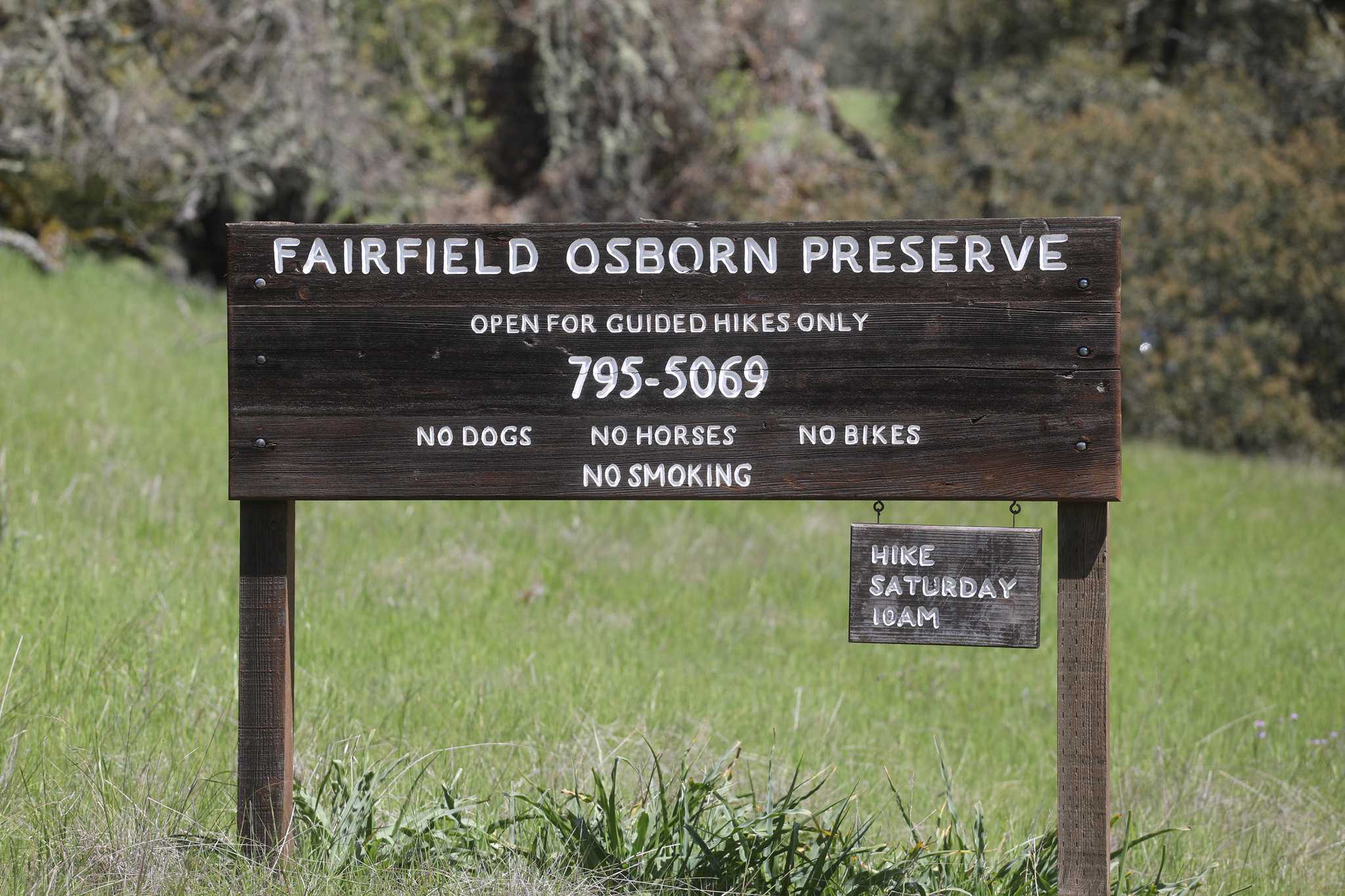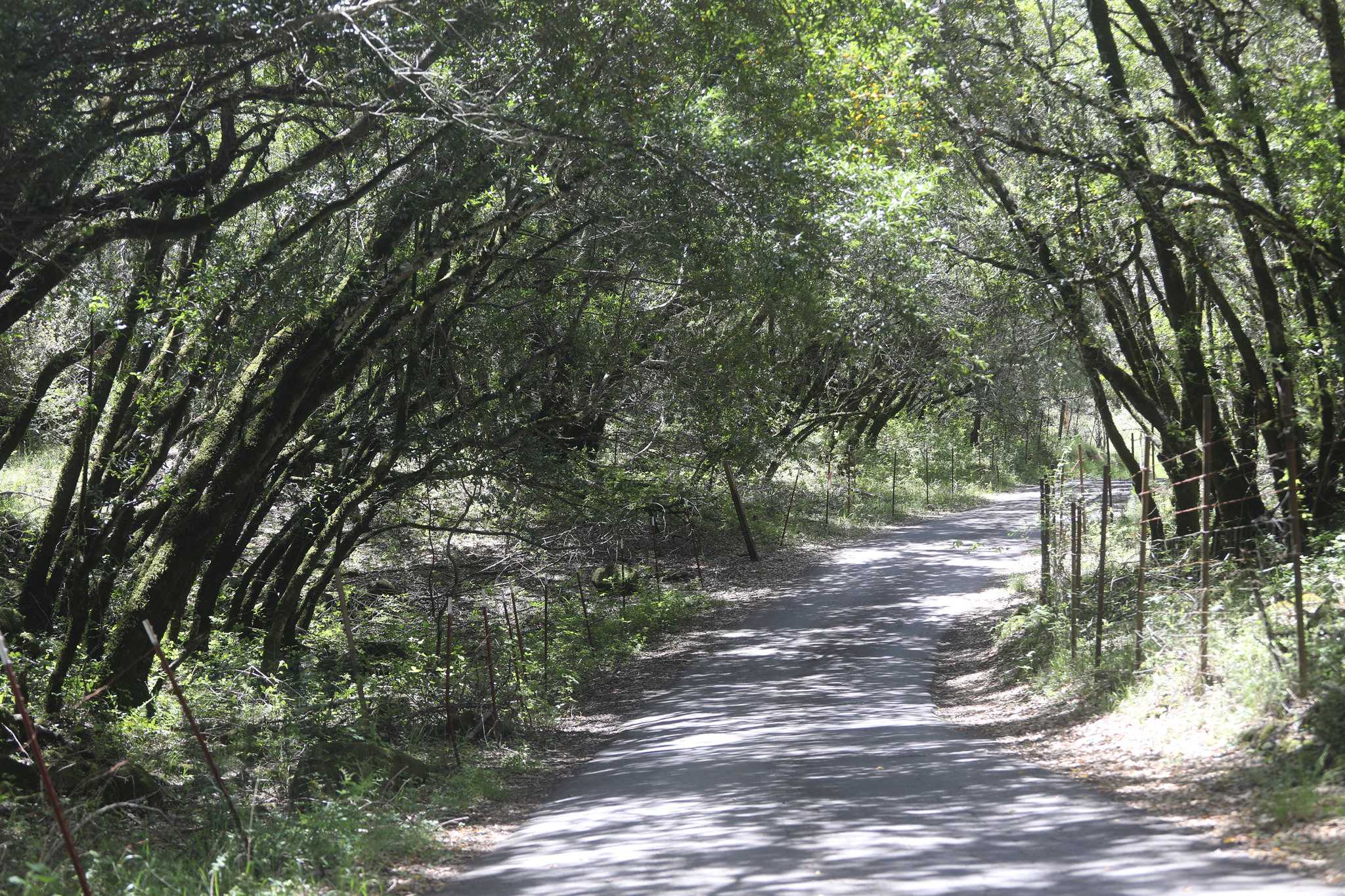Following the disastrous results of the recent Tubbs Fire that tore through Napa and Sonoma counties, the Sonoma Water Agency, alongside universities such as Sonoma State, is addressing the increasing fire danger head-on with new technology. With a $475,000 plan approved by county supervisors last year, cameras have begun installation throughout the Bay Area in key fire watch spots.
Most recently, there was an installment of a system on Sonoma Mountain, which offers massive, sprawling views out towards Point Reyes as well as the Santa Rosa plains. The $2,600 camera, mounted upon 17 feet of aluminum tower, has the capacity to view clearly 5,000 miles of landscape during the day and much greater range of up to 20,000 miles after sunset with its near-infrared technology.
The preserve, located near Penngrove, is one of many locations that will receive new, advanced cameras capable of viewing thousands of miles using near-infrared technology.
In an effort to combat growing concerns regarding California’s devastating increase in fires, these camera systems provide a welcomed reassurance to the residents of its counties. No longer will Cal Fire need to dispatch personnel on the ground to track down the origin of smoke reports, instead it will be able to reference a real-time display and coordinate a location remotely saving valuable first responder time.
Sonoma State’s own Dr. Claudia Luke, the director of the Center for Environmental Inquiry, is heavily involved with the project. “People are usually the first ones to detect fires,” she said. “They call in observations on plumes of smoke, but they usually do not know the location or size of the fire. The cameras can then be used to estimate fire size and behavior. This is especially important when multiple fires are burning so that emergency response can allocate resources appropriately and bet firefighters to the right location.”
“Dr. Graham Kent (at UNR), who has been deploying these systems elsewhere, contacted Dr. Luke, who saw the value of a system that would benefit the community and the students at SSU,” said Dr. Christopher Halle, the Nature!Tech program leader with the Center for Environmental Inquiry. “She has been instrumental in shepherding the system through the SSU administrative requirements.”
Dr. Halle was brought onboard to help connect the current Fairfield Osborn Preserve sensors to the tower, to enable real-time streaming in a student-driven project.
Via the network “CENIC,” a nonprofit corporation, Sonoma State will relay the feedback to the University of Nevada Reno’s seismology department, which is heading up the operation. With other education institutions, such as UC San Diego, involved and also contributing to this network via their own cameras, there will be a wealth of educational material available that was previously not possible to access beyond on-foot expeditions to these lookout points.
“Osborn sensors include weather stations, cameras, soil sensors, water sensors,” said Dr. Luke. “Tying into the Alert North Bay network, means that real-time images and data can be streamed into classrooms at SSU. We will be able to have guest lecturers at the preserve lecturing to students in the classroom while teaching them about on-going research.”
The current goal is to arrange for 17 of these camera sites to be placed across eight ridges throughout the northern bay area. Alongside the Sonoma Water Agency is PG&E, who has agreed to contributions of $700,000 that will help fund an additional nine cameras in the area, and hopeful officials would like to see the total number increase to 28 cameras keeping an ever watchful eye on the hillsides of many counties throughout the state.
The wildlife preserve was chosen due to its advantageous, high-visibility hillsides and easy access.
With Gov. Gavin Newsom’s announcement last month of a state of emergency due to 2018’s fire damages, these cameras cannot come soon enough. Both Dr. Halle and Luke expressed their concerns for the current state of climate change awareness, with Dr. Halle saying that, along with insurance policy changes and public administration acknowledgment of the issue, he is concerned about “local governments not simply charging ahead and authorizing more development along in fire corridors… because there is such a disconnect between what we know about fire and what can happen in governmental meetings.”
Plans to allocate funding to educate communities on fire hazards, as well as hire an additional 131 firefighters and 13 engines, will go a long way when paired with the potential that the CENIC network offers. For Sonoma State to be involved at such an intimate level with these prevention measures, it will certainly be meaningful to the many students and residents of Sonoma County that were so impacted by the recent infernos.





































